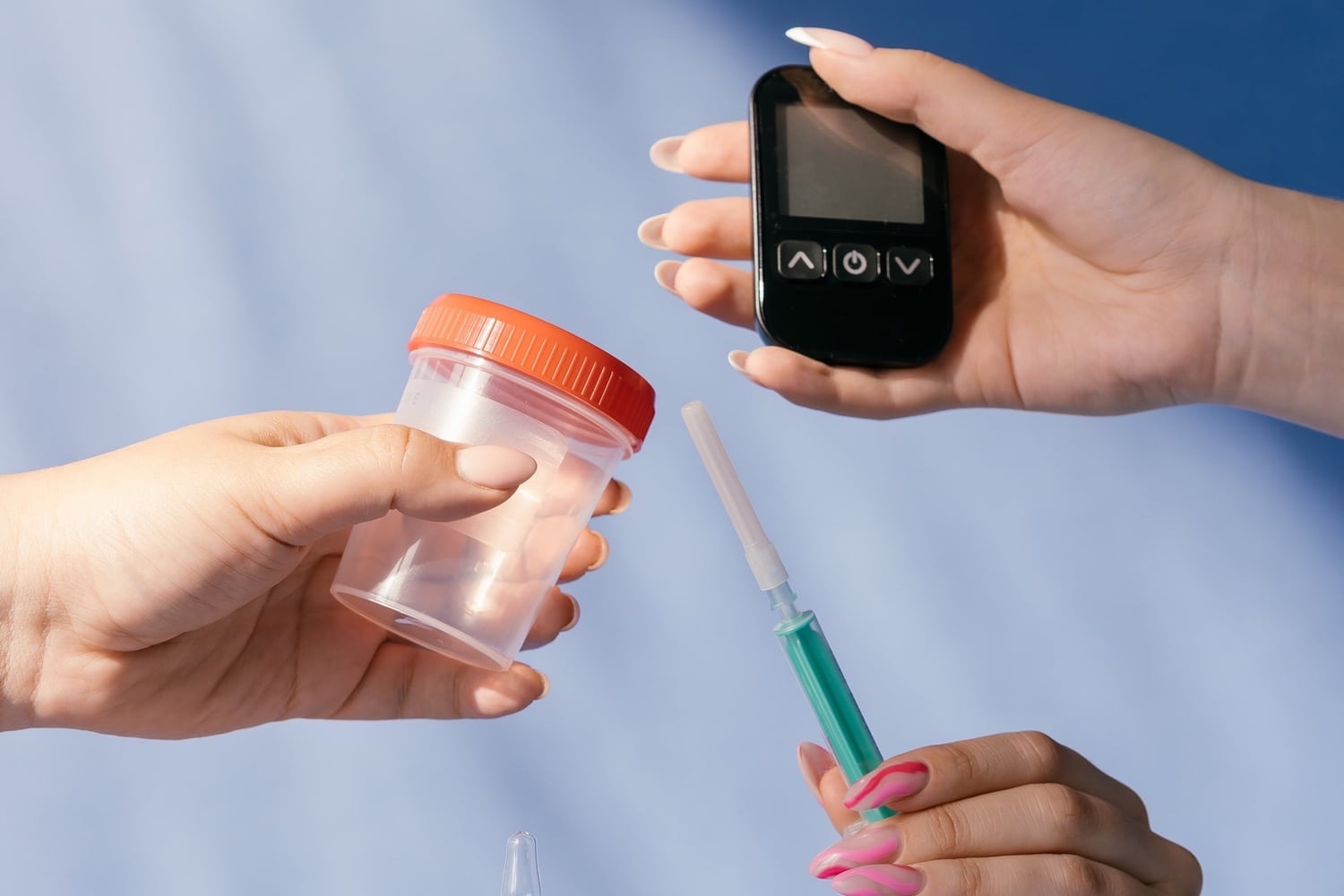Millions of people worldwide are affected by the widespread chronic health disease known as type 2 diabetes. It happens when the body develops a resistance to the actions of insulin, a pancreatic hormone that controls blood sugar levels. Over time, the pancreas may find it difficult to generate enough insulin to control blood sugar levels, which can result in high blood sugar levels and a higher risk of developing a number of health issues.
Increased thirst, frequent urination, hazy vision, exhaustion, sluggish wound healing, and an increased risk of heart disease, stroke, and other health issues are all signs of type 2 diabetes. Type 2 diabetes can cause major health issues like nerve damage, blindness, kidney failure, and amputation if it is not addressed.
Diagnosing Type 2 diabetes:

- Fasting Plasma Glucose Test (FPG): This test measures the amount of glucose in your blood after an overnight fast. A blood sugar level of 126 mg/dL or higher indicates diabetes.
- Hemoglobin A1C Test: This test measures the average blood sugar level over the past 2-3 months. A result of 6.5% or higher indicates diabetes.
- Oral Glucose Tolerance Test (OGTT): This test measures the body’s ability to process glucose after drinking a sugary drink. A blood sugar level of 200 mg/dL or higher 2 hours after the test indicates diabetes.
Managing Type 2 Diabetes:

Blood sugar levels must be constantly monitored in order to properly manage type 2 diabetes, and required lifestyle adjustments must be made. People with diabetes can effectively control their illness by using the tools and approaches listed below:
- Regular Blood Sugar Testing: Self-monitoring of blood sugar levels is an important part of managing diabetes. This can be done using a home blood glucose meter. Monitoring blood sugar levels regularly helps people with diabetes understand how different foods, activities, and medications affect their blood sugar levels, and make necessary adjustments to their treatment plan.
- Regular Check-Ups: Regular check-ups with a healthcare provider are important to assess how well the diabetes is being managed and to detect and treat any complications that may arise. During these check-ups, healthcare providers may perform a physical examination, review test results, and make recommendations for treatment.
- Healthy Lifestyle Changes: Making healthy lifestyle changes, such as eating a balanced diet, exercising regularly, and quitting smoking, can help to control blood sugar levels and prevent the development of complications. Eating a balanced diet that is low in simple sugars and high in fiber can help regulate blood sugar levels, while regular physical activity can improve insulin sensitivity and reduce the risk of heart disease and stroke.
- Medications: In addition to lifestyle changes, medications may also be necessary to control blood sugar levels and prevent the development of complications. The most common medications used to treat type 2 diabetes include metformin, sulfonylureas, meglitinides, thiazolidinediones, dipeptidyl peptidase-4 (DPP-4) inhibitors, sodium-glucose cotransporter 2 (SGLT2) inhibitors, and glucagon-like peptide 1 (GLP-1) receptor agonists.

Become a diabadass!
Join our weekly newsletter and learn
all the tips and tricks.
People with diabetes are especially vulnerable to the dangers of colds and the flu, but there are things you can do to control your symptoms and avoid getting sick in the first place. You may maintain your health even when you’re feeling under the weather by constantly monitoring your blood sugar levels, staying hydrated, getting enough of rest, and adhering to your diabetes management plan. Additionally, you may lower your risk of getting sick and safeguard yourself from any problems by maintaining proper cleanliness, being vaccinated, and generally maintaining good health. Make sure to discuss any worries you may have with your healthcare team for advice and support if you have diabetes and are worried about managing colds and the flu.
Chronic health conditions like type 2 diabetes need to be continuously monitored and managed. People with diabetes can effectively control their blood sugar levels and lower their risk of problems by consulting with a healthcare professional frequently and making the appropriate lifestyle adjustments. To maintain healthy blood sugar levels and overall wellness, regular testing, check-ups, and medication use are crucial to managing type 2 diabetes.




